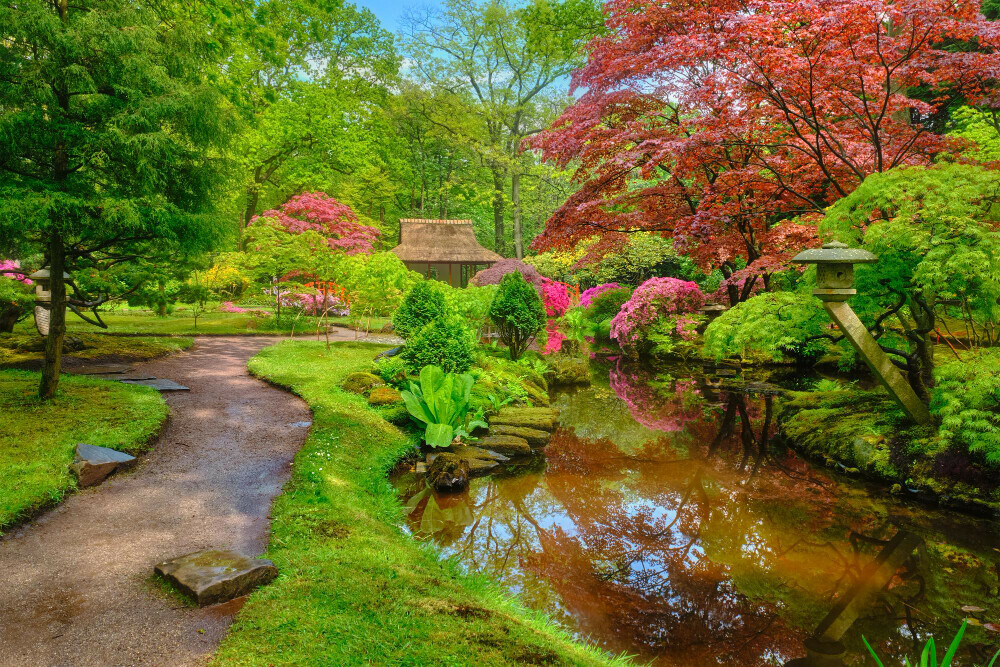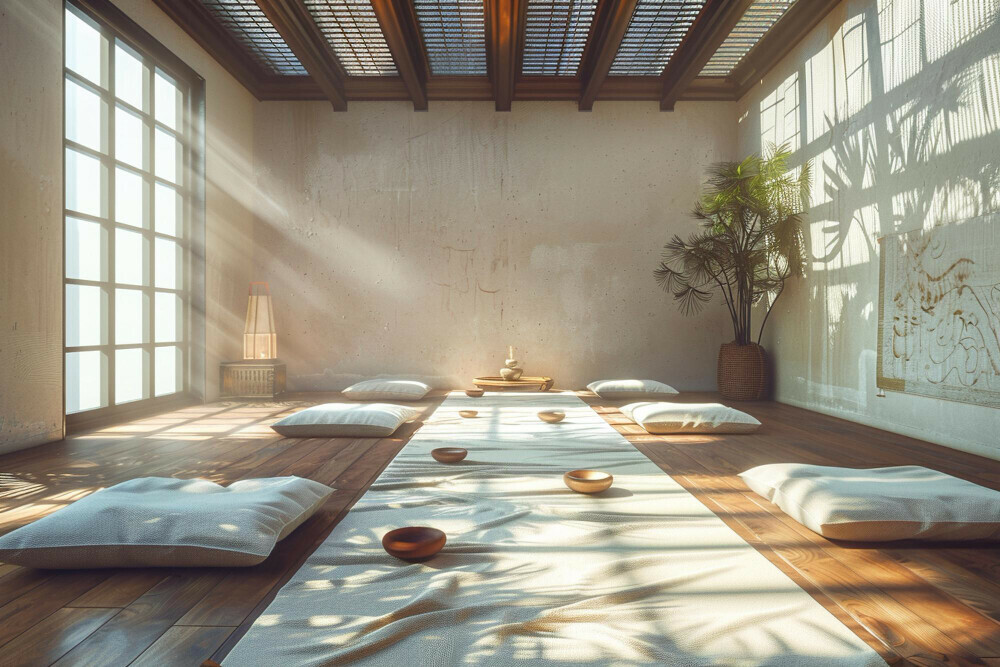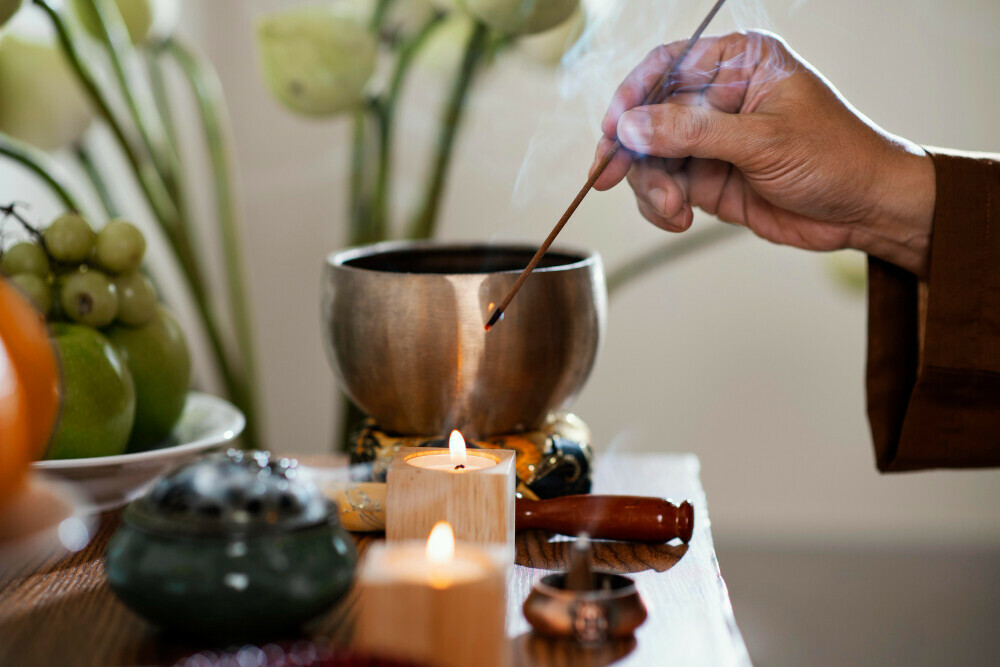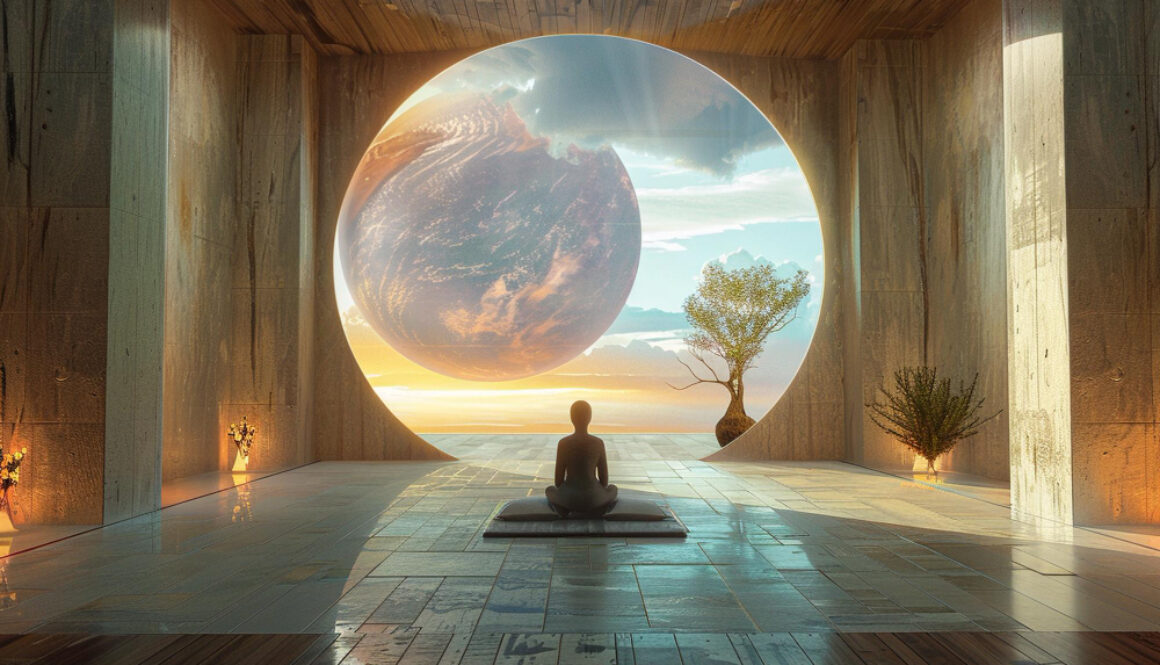Creating Sacred Spaces For Well-being
When I talk about creating sacred spaces for well-being,’ I’m referring to designing areas to enhance well-being and offering a personal retreat from the bustling world outside. These spaces are havens where serenity and peace aren’t just guests; they’re permanent residents. And the beauty of these spaces? They’re as unique as the individuals who create them, reflecting a singular journey to tranquillity.
Consider this: our environment can profoundly impact our mental health. Surroundings that resonate with our inner needs can calm the mind and nourish the soul. It’s not a new concept. For centuries, from the hushed halls of monasteries to the serene gardens of Japan, people have intrinsically understood the value of creating areas dedicated to stillness and reflection.

Yet, it’s not just about aesthetics or cultural customs. It’s about cultivating a space to disconnect, recharge, and confront life’s challenges with renewed vigour. Whether it’s a cozy corner of a room or a purposeful sanctuary in our homes, these spaces provide a setting for relaxation and stress relief that often eludes us in our daily lives.
The question naturally arises: how do you create such a space? It’s a unique process that taps into individual desires and what truly makes one feel at peace. This concept leads perfectly into the next part of our exploration: designing a sacred space that reflects your inner landscape, a personal journey towards creating your tranquil haven.
Creating Sacred Spaces for Well-being: The Journey
Designing a sacred space is an intimate and personal endeavour. It’s more than just choosing decor; it reflects an inward turn, recognizing what brings serenity to you as an individual. One size doesn’t fit all in this undertaking. It’s about identifying your needs and what the term ‘sacred’ means.
Start by asking yourself what objectives you have for this space. Are you seeking a spot for meditation, reflection, creative expression, or a quiet place to decompress? Your intention will shape everything from the space’s location to the items you choose to include.
The elements of your space should serve the purpose of promoting peace and comfort. Think about colours that soothe you, items that hold personal significance, and artwork that inspires. Incorporate these elements thoughtfully, as each will contribute to the atmosphere of your sacred space.
Natural elements like plants or water features add a sense of life and can be calming. Consider using essential oils or incense for a sensory experience that encourages relaxation. Natural light can also invigorate and help align your circadian rhythms with the natural world.

A minimalist approach can be helpful in sacred space design. You want to avoid clutter, which can distract and inhibit relaxation. A clear space promotes a clear mind. Keeping the space tidy and reserved for its intended purpose is essential in maintaining its sanctity.
Once you’ve crafted your sacred spot, it leads naturally to making it part of your routine. These spaces aren’t just for sporadic visits; you design and weave them into the fabric of your daily life.
Sacred Spaces in Everyday Life: Bringing Mindfulness into Routine
It’s easy to underestimate how a dedicated sacred space can impact daily routines. This unique spot is a physical anchor for mindfulness, making it more accessible throughout your day. It bridges the gap between sporadic self-care practices and a consistent wellness lifestyle.
A sacred space at home can serve as a tranquil start to the day or a soothing retreat after work. It’s your haven to practice morning meditations or unwind with evening reflections. Regular engagement with this space nurtures a habit of serenity that gradually permeates other areas of life.
Integrating sacred spaces into work or community settings can also significantly benefit well-being. A corner of the office decked with plants, comforting textures, and gentle lighting can become a stress-free bubble amidst deadlines and demands. Community gardens, similarly, can be transformed into communal sacred spaces that encourage collective peace and connection.
While appreciating natural elements and physical dimensions is vital, don’t overlook how technology can support your intention-setting and wellness journey. Apps that simulate natural sounds or guide meditation can enhance the serenity of your space. Digital detox, however, can also be a crucial aspect of designating a tech-free area to deepen your connection with the moment.
Lastly, remember to develop a routine and respect the sacredness of your space. You maintain its integrity and purpose by establishing clear guidelines around how and when the space is used and even creating simple rituals. These rituals don’t have to be complex; lighting a candle or diffusing essential oils can signal the start of ‘me time’ or mindfulness practice.
The final chapter of our exploration is about how the personal growth derived from these sacred spaces and mindfulness practices impacts us individually and how it resonates within our broader community. We’ll explore how sacred spaces can serve as a launchpad for deeper connection and substantial personal transformation.
Sacred Spaces as a Path to Personal Growth and Well-being
Your sacred space is more than just a physical location; it’s a central hub for personal growth and mental nourishment. It’s where you shed the distractions of your daily grind and focus inwardly on self-improvement and mindfulness.
Keeping a journal within your sacred space can be a transformative practice. You create a personal narrative of growth by writing down thoughts, emotions, and breakthroughs during or after time spent in your sacred space.
Regular meditation or mindfulness in your sacred space can significantly enhance your ability to focus, manage stress, and find peace amid chaos. These moments of stillness encourage a deeper connection with your inner self.

Sharing your sacred space can also help build closeness with others if you feel comfortable doing so. Inviting someone into your space can foster meaningful connections, whether it’s a peaceful corner of a community garden or a comfy chair in your living room.
Remember that as you evolve, your sacred space can grow with you. It’s important to reassess and adjust the elements around you to reflect your needs and spiritual journey. It isn’t static; adaptability is vital to its enduring relevance.
In conclusion, a sacred space offers more than just a pause from life’s chaos—it’s a nurturing environment where your well-being flourishes. By engaging with your precious space actively and thoughtfully, you are taking a significant step toward a more centred and fulfilled life.
Resources:
Jodie Gale
https://www.jodiegale.com/how-to-create-a-sacred-space/
Gaiam
https://www.gaiam.com/blogs/discover/make-your-space-sacred

